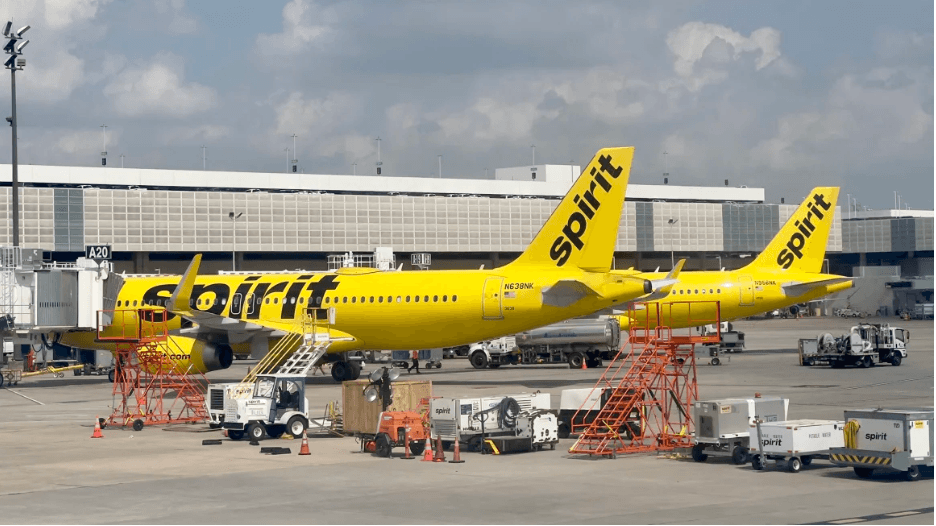
Spirit Airlines has announced its Chapter 11 bankruptcy filing following financial struggles stemming from mounting losses and unmet debt obligations. This move, while difficult, offers an opportunity for the company to reorganize its finances and seek stability.
Background: Financial Troubles and Failed Mergers

Spirit Airlines, known for its budget-friendly flights, has faced mounting challenges in recent years. These include operational losses and a significant debt load. Two failed mergers, one with Frontier Airlines and another with JetBlue, intensified the financial strain.
Regulatory concerns derailed both deals, leaving Spirit unable to capitalize on potential synergies. Additionally, changing traveler preferences since the COVID-19 pandemic have made the airline’s no-frills model less appealing. Many passengers now prioritize comfort over cost, a shift that has weakened Spirit’s competitive edge.
Drastic Measures to Raise Cash

In October 2024, Spirit sold several aircraft and announced workforce reductions to generate cash and stabilize operations. These actions aimed to mitigate the immediate financial crisis but underscored the airline’s precarious position.
Bankruptcy Filing and Its Impact
Spirit Airlines’ Chapter 11 filing provides a legal framework to address its financial challenges. The airline has secured $350 million in equity investment and $300 million in debtor-in-possession financing from existing bondholders. This funding will help Spirit continue operations during the restructuring process.
Passengers, meanwhile, can expect business as usual. Spirit has confirmed that flights, ticket bookings, and loyalty programs remain unaffected. This commitment aims to reassure customers and preserve their trust during this uncertain period.
Adapting the Spirit Business Model
Founded in 1964, Spirit Airlines evolved into a leading ultra-low-cost carrier by offering affordable, no-frills flights. While this model appealed to budget-conscious travelers, the post-pandemic market has demanded more. Spirit has started incorporating new features like Wi-Fi and snacks to attract customers who value enhanced travel experiences.
Looking Ahead
Spirit’s restructuring plan focuses on reducing debt and building a more sustainable financial model. The company aims to improve its guest experience and adapt to market trends. However, its future depends on successfully completing the bankruptcy process and regaining customer confidence.
Conclusion
Spirit Airlines faces a pivotal moment as it navigates bankruptcy and works to rebuild. The airline has an opportunity to emerge stronger but must address market demands and operational inefficiencies. The coming months will determine whether Spirit can chart a course toward long-term success.


